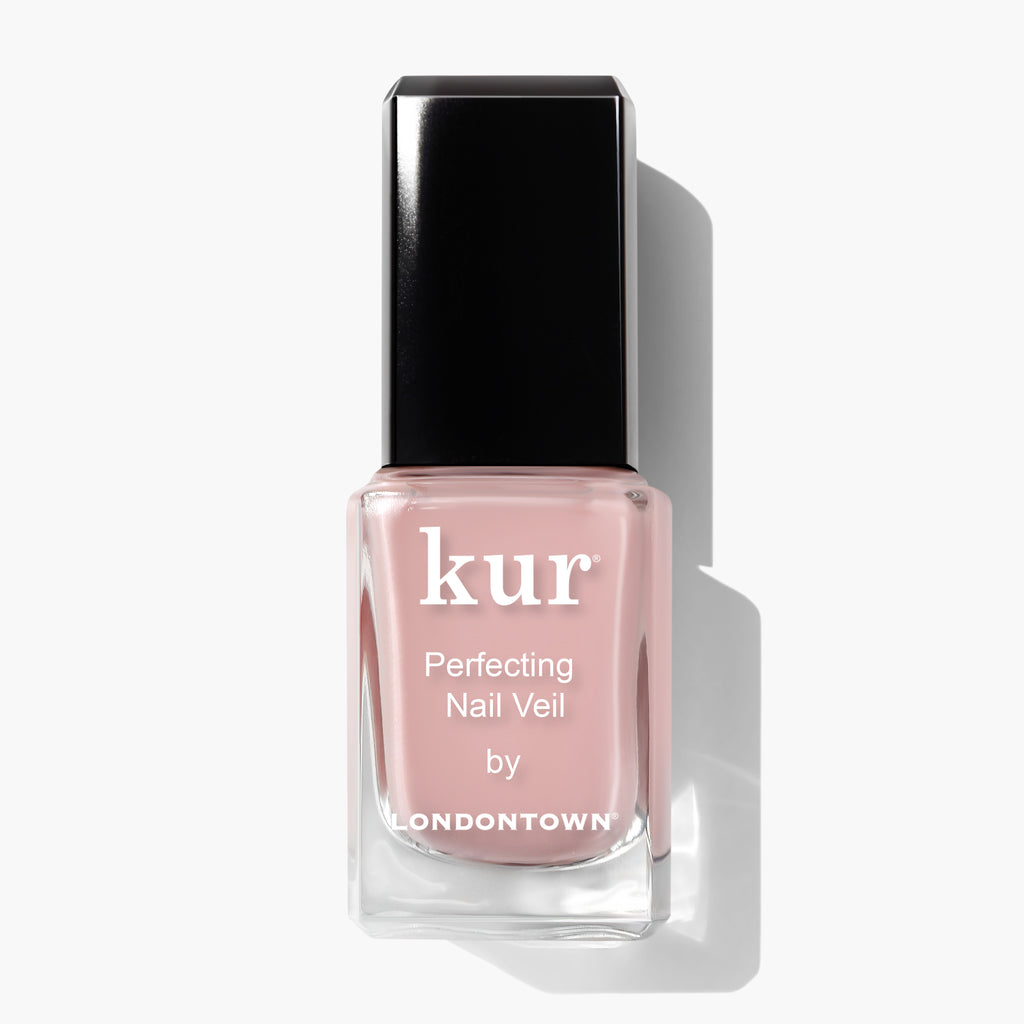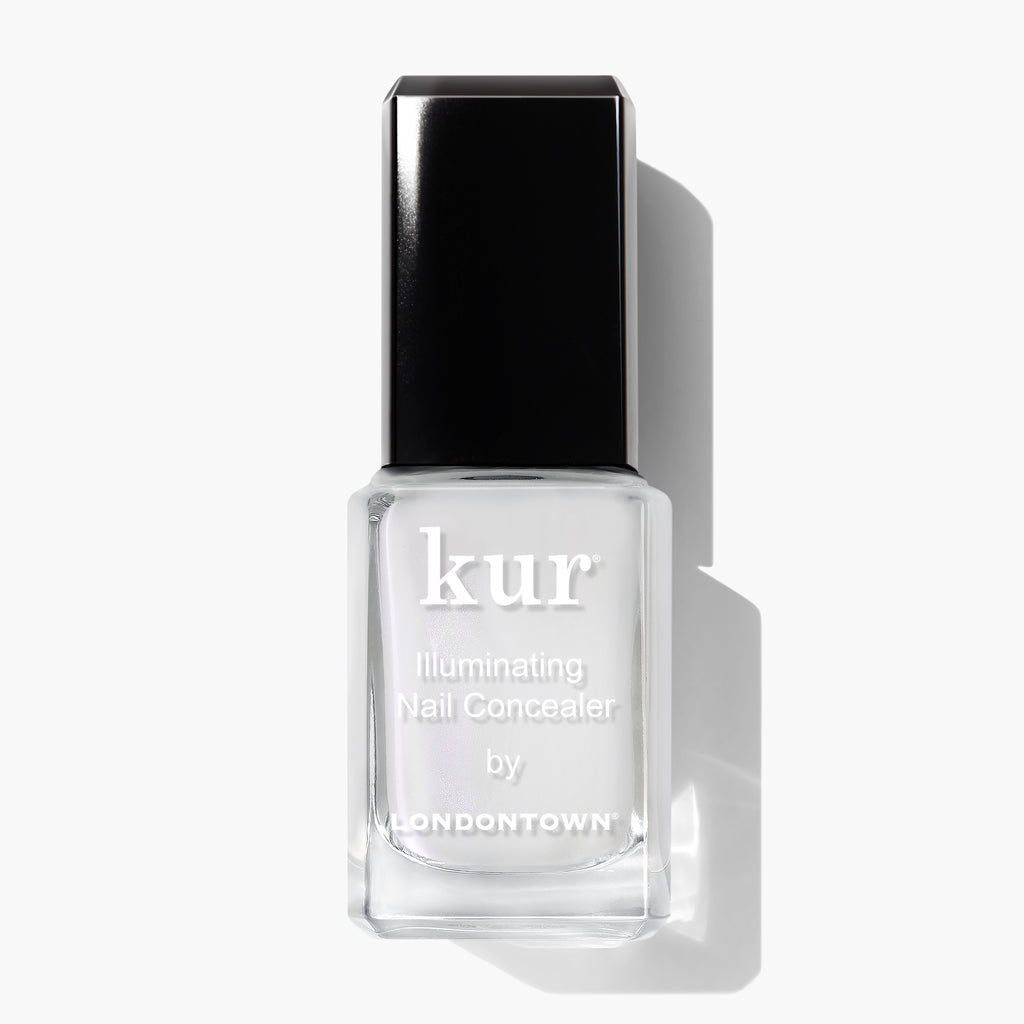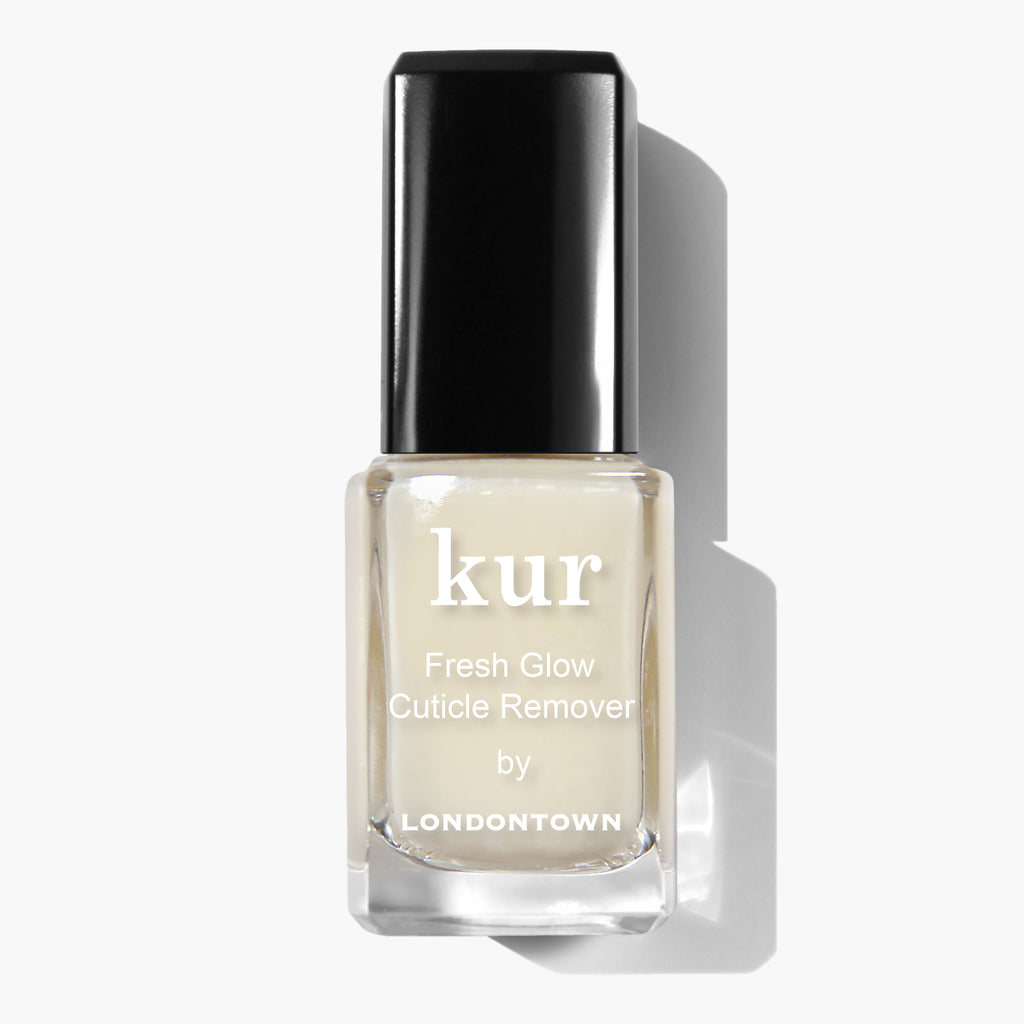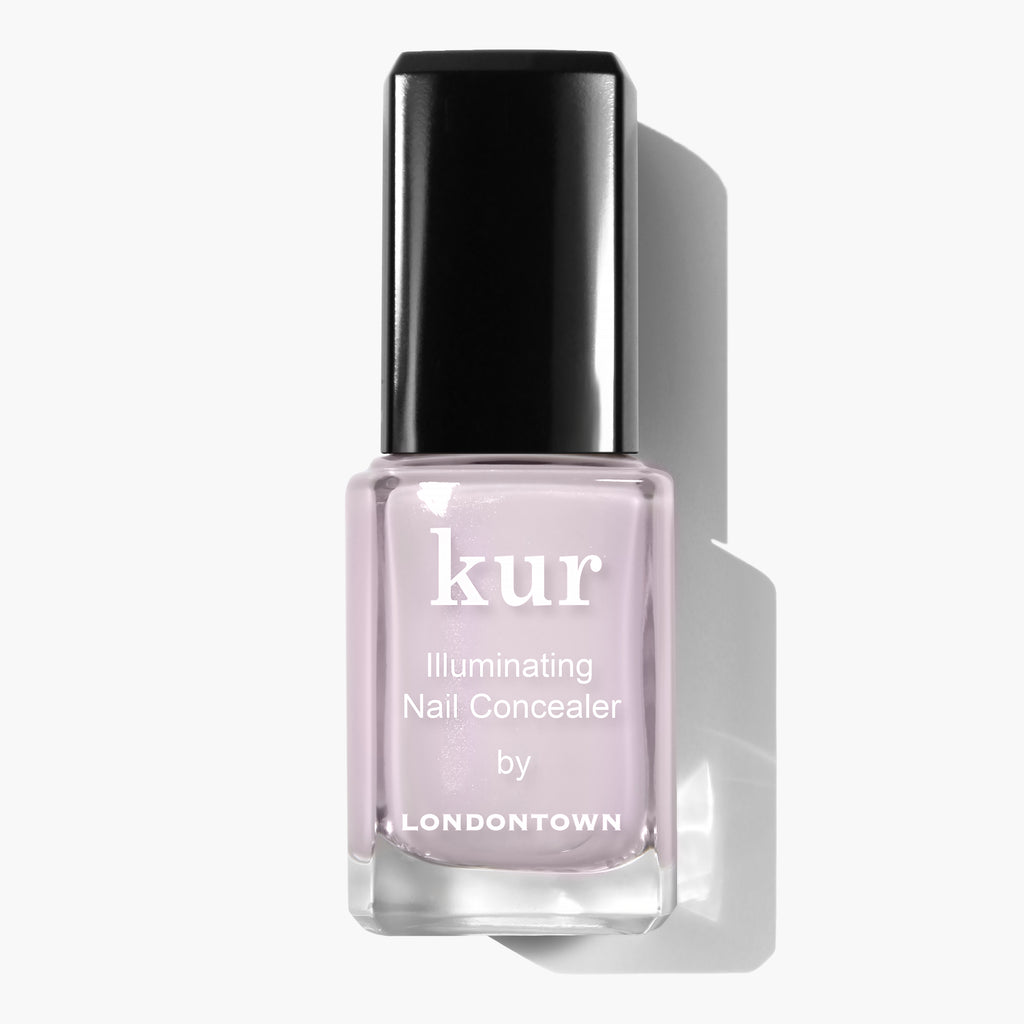How To Use Nail Clippers: Step-by-Step

Nail cutting sits right in the middle of the hygiene and aesthetics Venn diagram. With our expert advice, anyone can master this essential little tool. This step-by-step guide to using nail clippers safely and effectively will let you care for your own nails, assist a loved one, or even manage the grooming needs of a pet with newfound confidence and ease.
Why Is Proper Nail Clipping Important?
Proper nail clipping is a basic of personal grooming and key to maintaining the health and appearance of your nails. Regular trimming helps head off common issues like hangnails, ingrown toenails, and infections, which can stem from neglect or poor technique. By keeping nails at an optimal length, you reduce the risk of dirt and bacteria accumulating, minimizing potential health risks. For people with specific needs, such as thicker or brittle nails, the right clipping techniques can alleviate discomfort and prevent complications. And of course, well-groomed nails enhance overall appearance.
What Are The Different Types Of Nail Clippers?
-
Lever-Type Nail Clippers: These are the most popular, widely used clippers, featuring a lever mechanism that does the cutting. They have a curved or a straight cutting edge, making them suitable for fingernails and toenails, and their compact design makes them easy to have on hand.
-
Scissor-Style Nail Clippers: Resembling small scissors, these clippers offer greater precision and control, making them ideal for thick or brittle nails. The scissor design reduces the risk of splitting or damaging the nails.
-
Guillotine Nail Clippers: Often used for pet grooming, these clippers feature a hole where the nail is inserted, and a blade that slices through when the handle is squeezed.
-
Electric Nail Clippers: Designed for ease, electric nail clippers use a motorized mechanism to trim nails with minimal effort. They’re particularly good for anyone with limited dexterity or vision because they provide a safe way to maintain nails if you can’t manually clip them.
-
All-in-One Clippers & Nail File: These versatile tools combine the functionality of nail clippers with an integrated nail file, delivering a convenient solution for trimming and smoothing nails in one go. Perfect for travel and for touch-ups, they streamline the process by eliminating the need for multiple tools.
How To Use Nail Clippers: Step-by-Step
Step 1: Choose the Right Nail Clippers
Consider the type of nail clippers that best meet your needs—lever-type clippers work for most users, while scissor-style clippers offer more precision for thicker or brittle nails. Make sure clippers are clean and sharp for a smooth, effective cut.
Step 2: Prepare Your Nails
Softening your nails will make them easier to cut. Soak your hands or feet in warm, soapy water for a few minutes. This also cleans the nails, reducing the risk of infection. Dry nails thoroughly with a towel to get a firm grip during clipping.
Step 3: Position the Clippers
Grip the clippers comfortably and steadily in your dominant hand. Position the tool at the edge of the nail, aligning it to the natural curve of your fingernail; for toenails, a straight cut is generally recommended to prevent ingrown nails. Take care to avoid cutting too close to the nail bed, which can cause pain or injury.
Step 4: Clip the Nails
With the clippers in position, apply gentle pressure to make a clean cut. Trim your nails in small sections rather than attempting to cut across the entire nail at once; this lowers the odds of splitting or jagged edges. For toenails, leave a small margin beyond the nail bed to prevent ingrowns.
Step 5: Smooth the Edges
After clipping, use a nail file on any rough or sharp edges. File gently in one direction so as not to weaken the nail. This step not only enhances the appearance of your nails, it keeps them from snagging against clothes or other materials, too.
Step 6: Clean and Store Your Clippers
Once you've finished clipping, disinfect your nail clippers with rubbing alcohol, removing any residue or bacteria. Cleaning extends the longevity of your clippers and safeguards hygiene. Store them in a dry place to prevent rust and have them ready for next time.
Now that you know how to use nail clippers, you can make sure your nails stay healthy, neat, and looking good.
What’s The Hole In Nail Clippers For?
The hole in nail clippers serve a practical purpose, primarily convenience and ease of use. This small opening allows you to attach the clippers to a keychain or lanyard, making them readily accessible—particularly handy for frequent travelers.
Is It Better To Cut Fingernails Wet or Dry?
When it comes to cutting fingernails, it's generally better to do so dry. Dry nails are firmer and less prone to bending, allowing for a cleaner, more precise cut. This reduces the risk of tearing or splitting, which can happen if nails are too soft and pliable, as when wet. While soaking nails in warm water can make them easier to cut—especially if they’re thick or tough—it can also lead to uneven edges and a less controlled trimming process. For optimal results, soak your nails briefly to clean them, then thoroughly dry them prior to clipping.
Should You File Your Nails After Clipping?
Yes, filing your nails after clipping is essential in getting the well-groomed appearance you’re after. Clipping alone can leave nails with sharp or uneven edges, which not only detracts from their aesthetic but can lead to snagging on fabrics (and even minor injuries). By filing your nails, you eliminate any rough edges and refine their shape, whether you prefer a rounded, square, or almond finish. File in only one direction to prevent weakening the nail.
Tips for Safe and Effective Clipping
-
Use Sharp Clippers: Nail clippers should be sharp and in good condition to get a clean cut without tearing or splitting nails. Dull clippers can cause uneven edges and increase the risk of injury.
-
Trim in Small Sections: Avoid cutting across the entire nail in one go. Trim in small sections instead to maintain control and prevent over-clipping, which can lead to discomfort or injury.
-
Follow the Curve: Align the clippers with the natural curve of your fingernails, and cut straight across toenails. Following the shape of your nails is best for their health.
-
Avoid Going Too Short: Leave a small margin beyond the nail bed to protect the sensitive skin underneath. Cutting too close can cause pain and up the chances of infection.
-
Disinfect Regularly: Clean your clippers with rubbing alcohol after each use to prevent bacteria buildup. Regular disinfection keeps your beauty tools safe and effective for future use.
At a Good Clip
Knowing how to use nail clippers is the easiest step you’ll ever take toward grooming and hygiene. By understanding the different kinds of clippers and following just a few steps, you can keep your nails attractive and in great shape. Whether you're doing your own mani or pedi or someone else’s, we hope these takeaways empower you to get a handle on grooming, reduce the risk of common nail issues, and make nails look their best. At the end of the day, the key to effective nail care is in the details: the right tools, proper prep, and plenty of practice.
Wondering if it’s possible to have healthy nails and eye-catching nail art? It’s time you met Londontown, where our premium products are crafted to enhance your nail art while prioritizing nail wellness. Dive into our innovative nail concealers and explore a vibrant palette of colors to create your most stunning nails yet. With Londontown, expressing your unique style is easy when you know each product is designed with both beauty and health in mind.
Sources












